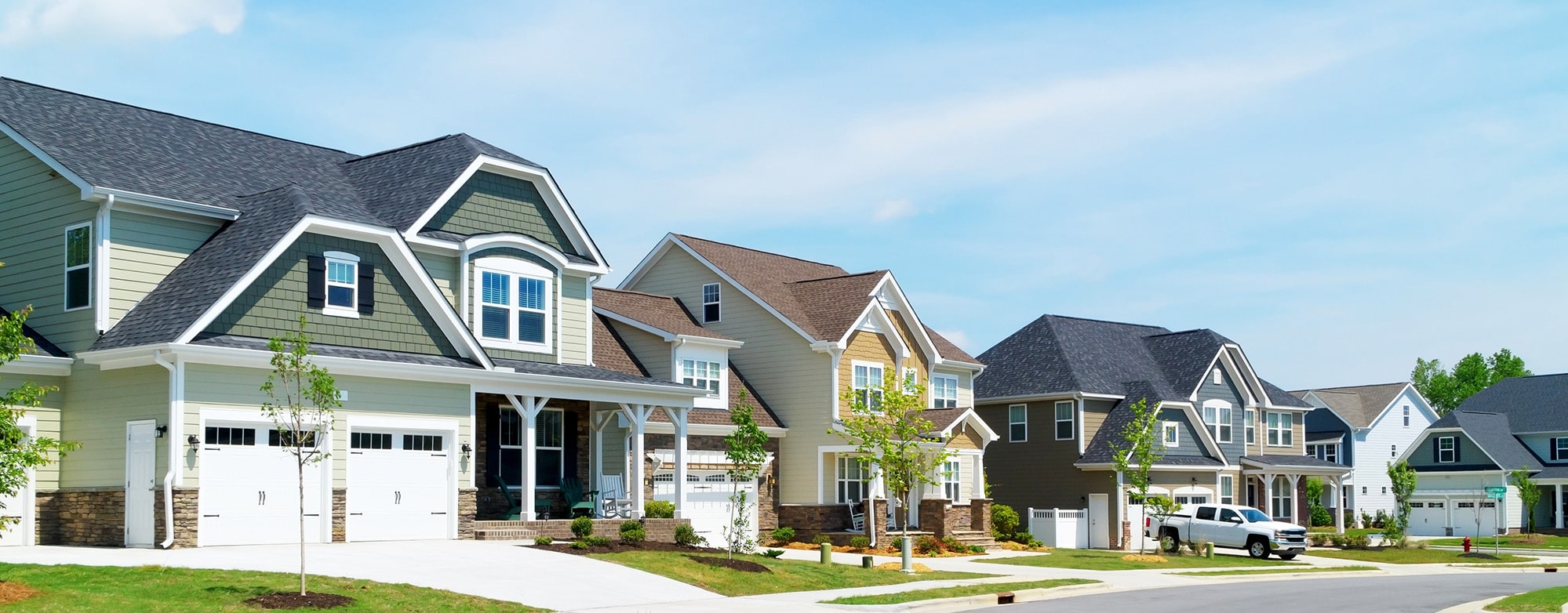Utah is known for its stunning mountains, vibrant outdoor lifestyle, and growing economy—but it’s also home to one of the most persistent wintertime environmental challenges: air inversions. For property owners, landlords, and tenants alike, Utah’s air quality during inversion season isn’t just a health concern—it can directly impact the condition and maintenance needs of rental properties.
In this article, we’ll explore what air inversions are, how they affect rental homes, and provide practical maintenance tips for both landlords and tenants to preserve property value and indoor air quality. Whether you own, manage, or live in a rental property, understanding Utah’s air quality dynamics is critical for long-term success.
What Is an Air Inversion—and Why Does Utah Struggle With It?
An air inversion occurs when a layer of warm air traps colder air near the ground. Normally, warm air rises, carrying pollutants away. But during an inversion, that process reverses, and pollution—including vehicle exhaust, industrial emissions, and even wood smoke—gets stuck in the lower atmosphere.
This is especially common in Salt Lake City and surrounding valleys due to the bowl-like geography of the Wasatch Front. Inversion events often last several days, leading to hazardous air quality levels and a gray haze hanging over the city.
According to the Utah Department of Environmental Quality, inversion conditions occur most frequently between December and February, though they can happen any time temperatures dip and the atmosphere stagnates.
How Utah’s Air Quality Affects Rental Properties
1. HVAC Strain and Indoor Air Filtration
Inversion season puts extra pressure on heating and ventilation systems. As residents keep windows closed to avoid outdoor pollutants, HVAC units must work overtime to maintain comfortable temperatures and clean air indoors.
Without proper maintenance, this added strain can lead to:
Clogged air filters
Reduced system efficiency
Higher utility bills
Shortened equipment lifespan
2. Dust and Pollutant Buildup
Poor outdoor air quality often leads to more dust and particulates settling indoors. Over time, this buildup can affect:
Carpets and upholstery
Ceiling fans and vents
Electronics and appliances
For rental properties, excessive indoor dust can lead to higher cleaning costs between tenants and more wear-and-tear on surfaces.
3. Window and Door Sealing
To keep polluted air out, residents often rely heavily on the building’s insulation. If windows or doors are poorly sealed, dirty air may still infiltrate the home, affecting air quality and tenant comfort.
Maintenance Tips for Landlords During Inversion Season
As a landlord or Utah property owner, proactive maintenance during winter can prevent costly repairs and ensure your tenants remain safe and satisfied. Here are several key tasks:
1. Upgrade or Replace Air Filters
In areas with frequent inversions, air filters should be checked monthly and replaced more frequently than usual. Consider high-efficiency particulate air (HEPA) filters or MERV-13 rated filters, which are better at trapping fine particles.
Pro tip: Keep a record of filter changes to track HVAC performance and ensure consistency across properties.
2. Install or Maintain Air Purifiers
For rentals in urban areas or near major roads, adding portable air purifiers in living spaces can greatly improve indoor air quality. For multi-unit buildings, landlords might also consider installing centralized air purification systems in common areas.
3. Weatherproof Windows and Doors
Inspect all seals and caulking around windows and doors before the winter season begins. Replace any worn weatherstripping and consider adding draft blockers or window film to increase insulation.
A well-sealed property is not only more energy-efficient—it also helps keep out fine particulates and allergens from the air.
4. Schedule HVAC Inspections
Before peak inversion season, schedule a professional HVAC inspection to ensure:
Ducts are clean
The system is running efficiently
Thermostats are calibrated
Filters are the correct size and type
At Wolfnest, we recommend incorporating HVAC inspections into your winter maintenance checklist for all properties.
5. Educate Tenants on Best Practices
Even the best property management can fall short if tenants don’t know how to respond during inversion season. Provide clear information on:
How and when to replace filters (if they’re responsible)
What signs to look for in poor air quality
How to use any air purifiers or ventilation systems installed
A simple tenant guide—emailed or printed—can reduce maintenance calls and boost tenant satisfaction.
Tips for Tenants Living in Utah During Inversion Season
As a renter, you may not control the HVAC system or the building’s insulation, but there’s still plenty you can do to improve your home’s air quality during Utah’s smoggy season.
1. Avoid Bringing in Outside Pollutants
Leave shoes at the door to prevent tracking in pollutants. Also, avoid burning candles or using wood-burning stoves unless they are EPA-certified.
2. Use Exhaust Fans Wisely
Utilize kitchen and bathroom fans to ventilate moisture and odors, but turn them off once you're done—these fans can inadvertently draw in outdoor air during inversions if your building is older or not well-sealed.
3. Ventilate on Clear Days
If there’s a break in the inversion, open windows briefly to air out the apartment. Even 15–30 minutes of fresh air can make a difference when timed right.
4. Keep Indoor Plants
Plants like snake plants, spider plants, and peace lilies are known to improve indoor air quality. They won’t remove inversion pollutants entirely but can contribute to a healthier environment.
5. Report Drafts or Leaks Promptly
If you notice cold air (or outdoor smells) coming in through windows, vents, or doors, notify your property manager immediately. Drafts can worsen during inversions and lead to discomfort or health issues.
Why Air Quality Matters for Property Management in Utah
Air quality might not seem like a top property management concern—but in Utah, it can affect everything from tenant health to property longevity.
Tenants experiencing poor indoor air quality are more likely to file complaints, leave negative reviews, or even break leases early.
Poorly maintained HVAC systems can lead to costly repairs or replacements—especially if filters are not changed or ducts are left clogged.
Buildings that allow excess dust and pollution indoors often require more frequent cleaning and maintenance, increasing your turnover costs.
For Utah property managers, understanding the impact of inversion season isn’t just a nice-to-have—it’s an essential part of running a successful rental portfolio.
Final Thoughts: Stay Ahead of the Haze
Inversion season isn’t going away anytime soon—but with preparation, knowledge, and the right maintenance routine, you can protect your rental properties and provide a safer, more comfortable experience for your tenants.
At Wolfnest, we specialize in Utah property management that goes beyond the basics. We understand the region's unique challenges—from winter snow to summer heat to everything in between—and we help property owners stay ahead of issues before they become problems.
If you’re a landlord or investor looking for experienced, proactive property management in Salt Lake City or beyond, Wolfnest is here to help you navigate every season—pollution and all.
Summarize this content with AI:
Chat GPTGrok
Perplexity
Claude.ai


